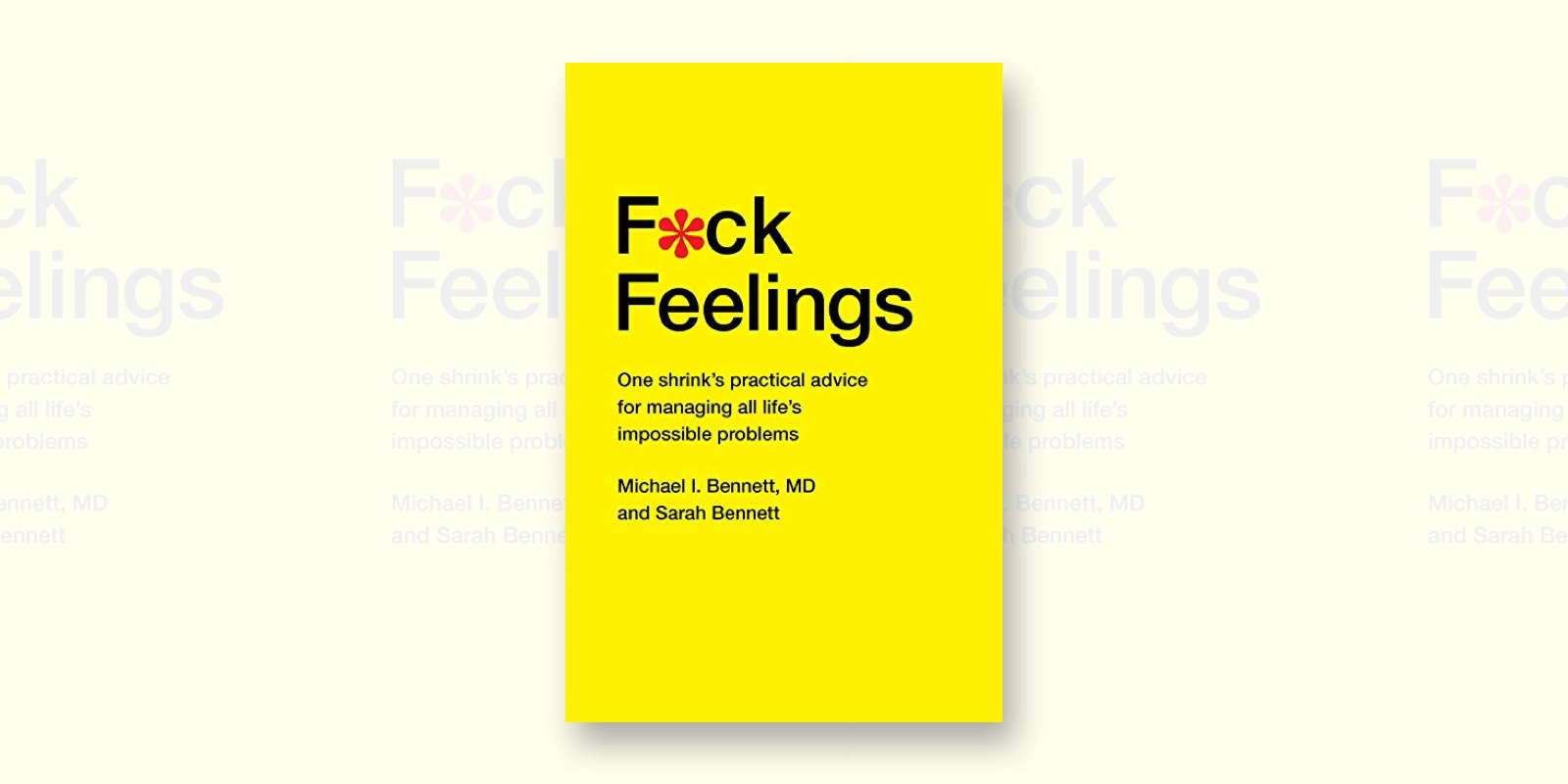As a professional psychologist, what I’m about to claim is surely blasphemy, perhaps even heretical, in my field. But the best book I’ve ever read about how to help people grow, change, and reach their goals may be a little business book called The Coaching Habit.
Whether you’re a teacher, therapist, parent, executive coach, mentor, or function in any other capacity to help another person grow, this book will radically transform how you work for the better.
It’s a practical, no-nonsense guide to asking effective questions, listening carefully, and inspiring others to reach their fullest potential.
What follows is a collection of my favorite quotes and passages from the book along with my own brief thoughts and reflections.
On Coaching
The essence of coaching lies in helping others and unlocking their potential.
The best coaches put people first, results second. Because ultimately, the best kind of results come from people growing toward their potential.
On Habit Change
You need to get clear on the payoff for changing something familiar and efficient (not the same, of course, as effective) as an old behavior… Think less about what your habit will do for you, and more about how this new habit will help a person or people you care about.
This is a useful idea that isn’t talked about in the habit change world nearly enough:
In addition to analyzing the pros and cons of a given habit for you, clarify what the benefits (or costs) of a habit are for the people you care most about.
On Listening
One of the most compelling things you can do after asking a question is to genuinely listen to the answer. Stay curious, my friend.
Genuinely listen sounds a bit mysterious and vague. All it really means is stop indulging your own thoughts in a conversation and devote your attention to theirs.
On First Answers
The first answer someone gives you is almost never the only answer, and it’s rarely the best answer.
It’s a special kind of patience to allow someone the space to think out loud and arrive at their own conclusion.
They’ll never get that space if you’re always jumping in with your thoughts and advice after each sentence.
On Fix-It Mode
We’ve all got a deeply ingrained habit of slipping into advice-giver/expert/answer-it/fix-it mode. That’s no surprise of course. When you take the premium that your organization puts on answers and certainty, then blend in the increased sense of overwhelm and uncertainty and anxiety that many of us feel as our jobs and lives become more complex, and then realize that our brains are wired to have a strong preference for clarity and certainty, it’s no wonder that we like to give advice. Even if it’s the wrong advice—and often it is—giving it feels more comfortable than the ambiguity of asking a question.
The key phrase here is, it’s no wonder that we like to give advice.
If you’re tempted to give advice, check your motives:
- Do you honestly think your advice will help the other person, or do you feel like giving advice?
- Will giving some advice make you feel more important, more in control, less anxious, or simply less bored?
On Advice
There’s a time and a place for giving advice. The goal here isn’t to avoid ever providing answers. But it is to get better at having people find their own answers.
Repeat after me:
- Coaching isn’t about me feeling good.
- Coaching isn’t about me feeling good.
- Coaching isn’t about me feeling good.
On Fake Questions
Stop offering advice with a question mark attached (Did you consider…?). That doesn’t count as asking a question. If you’ve got an idea, wait. Ask, “And what else?” And you’ll find that the person comes up with that very idea that’s burning a hole in your brain. And if she doesn’t, then offer your idea—as an idea, not disguised as a fake question.
Fake questions are dangerous because they’re passive-aggressive. And passive-aggressive communication will always rot away at the quality of the relationship in the long-term.
On Patience
When people start talking to you about the challenge at hand, what’s essential to remember is that what they’re laying out for you is rarely the actual problem. And when you start jumping in to fix things, things go off the rails in three ways: you work on the wrong problems; you do the work your team should be doing; and the work doesn’t get done.
As a coach, teacher, therapist, mentor, it’s easy to get caught up playing games, obsessing on problems that aren’t the core problem.
The best way to prevent this is whitespace: Allow your client and their problems and ideas time and room to breathe.
Only then will you both be able to sort the wheat from the chaff and work on what’s really most important.
On Questions
Stick to questions starting with “What” and avoid questions starting with “Why.” Instead of “Why did you do that?” Ask “What were you hoping for here?” Instead of “Why did you think this was a good idea?” Ask “What made you choose this course of action?”
This simple trick will transform your coaching game overnight.
Being asked “Why…” feels accusatory, like you’re a witness on the stand. It makes it feel personal.
Being asked “What…” on the other hand feels neutral and mechanical. This means you’re less likely to stir up defensiveness and get a good answer.
On Clarity
We often don’t know what we actually want. Even if there’s a first, fast answer, the question “But what do you really want?” Will typically stop people in their tracks.
Helping another person clarify their values is perhaps the highest service any coach can offer.
On Saying No
If you’re saying Yes to this, what are you saying No to? A Yes is nothing without the No that gives it boundaries and form.
One of the most valuable mental habits any coach can cultivate is the ability to see decision-making in terms of opportunity cost: If I invest X time and energy here, I give up the opportunity to spend it in any other place.
Learn to be ruthlessly clear about tradeoffs.
On Rescuers and Victims
When we’re in Rescuer mode, we’re constantly leaping in to solve problems, jumping in to offer advice, taking over responsibilities that others should rightfully keep for themselves…. Rescuers create victims, though we want to believe it’s the other way around.
Few things are more psychologically satisfying than playing white knight and saving damsels in distress. So, remain vigilant that you’re not developing a savior complex.
And remember: You must be okay with people failing if you want to be truly helpful.
On Curiosity
As a coach, counselor, or any other form of helping professional, you’ll never stray too far off the mark if you stay intensely curious about your client and what makes them tick.
Curiosity may have killed the cat, but it will save the client—and maybe your coaching career.
The real secret sauce here is building a habit of curiosity. The change of behavior that’s going to serve you most powerfully is simply this: a little less advice, a little more curiosity.





2 Comments
Add YoursReally liked this summary. It had some really good points in it for coaches. In your opinion, would these same questions and approaches with clients in psychotherapy?
there are a number of books with this title which one do you mean?